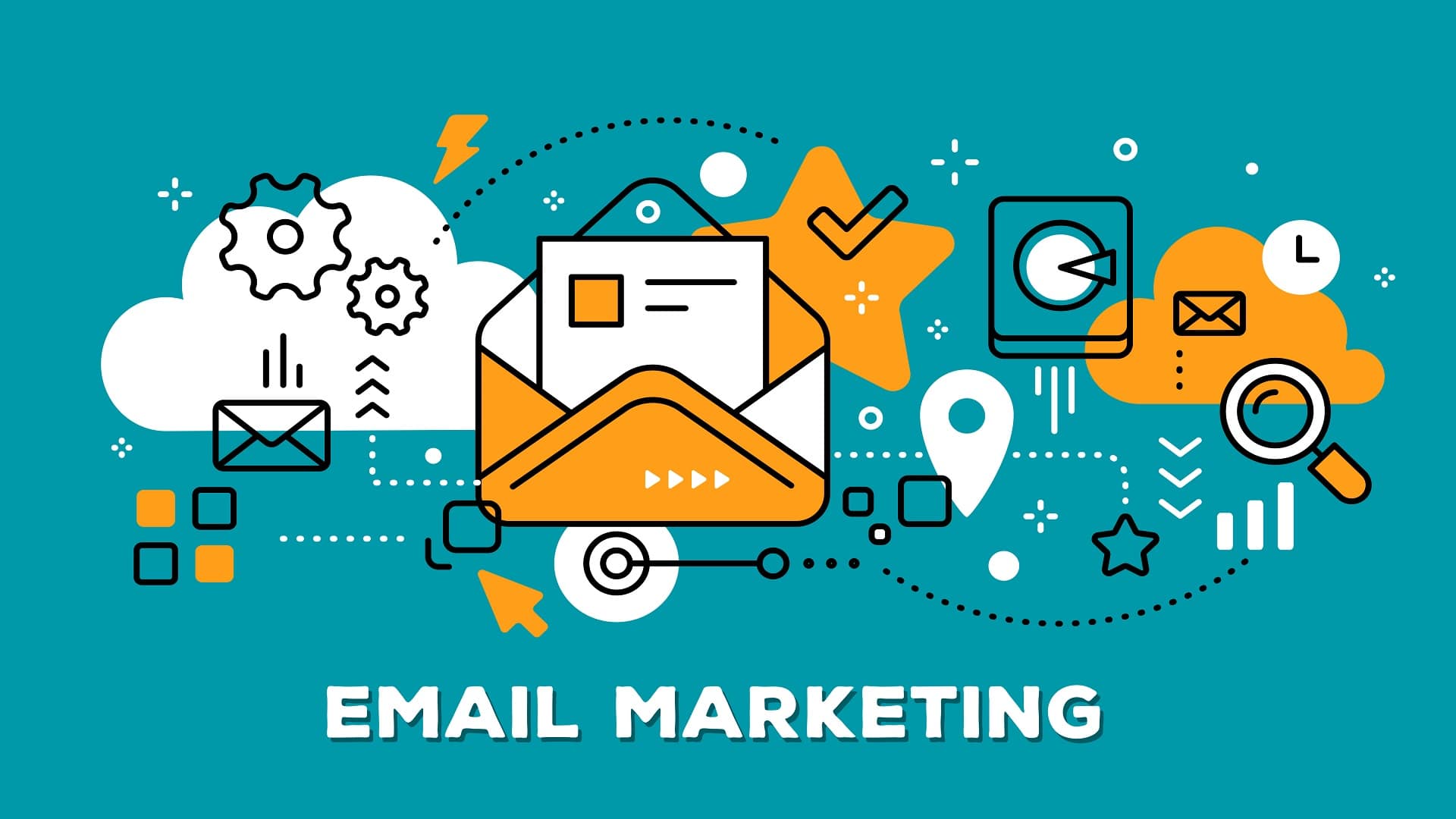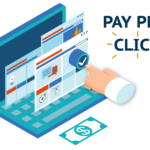In the fast-paced world of digital marketing, trends come and go, but email marketing remains one of the most effective tools for driving engagement, nurturing leads, and converting customers. Despite the rise of social media and other marketing channels, email marketing continues to provide businesses with a direct, personal line to their audience. It’s cost-effective, measurable, and can deliver a high return on investment (ROI) when done right.
In this article, we’ll explore why email marketing is still a powerful strategy, how to craft an effective campaign, and what tools can help optimize your results.
What is Email Marketing?
Email marketing is the practice of sending targeted emails to a list of subscribers or customers. These emails can serve various purposes, such as:
- Promoting products or services
- Sharing company news and updates
- Delivering content like newsletters, blogs, or tutorials
- Building relationships with prospects and customers
- Providing exclusive offers and discounts
Email marketing is permission-based, meaning recipients have to opt-in to receive your messages. This gives businesses the ability to communicate directly with people who are already interested in their brand.
Why Email Marketing Still Works
Even with new digital platforms emerging, email marketing continues to thrive because it offers several key benefits:
1. Direct Communication
Email marketing gives you direct access to your audience’s inbox. Unlike social media, where algorithms determine who sees your content, emails are delivered straight to your subscribers, allowing for more personalized and intentional communication.
2. Cost-Effective
Compared to paid advertising, email marketing is one of the most cost-effective marketing channels. You can reach thousands of people at a fraction of the cost, making it an ideal option for businesses of all sizes, especially small businesses with limited budgets.
3. High ROI
According to research, email marketing generates an average ROI of $36 for every $1 spent. The ability to reach a large audience with targeted, personalized content makes email marketing one of the most profitable digital marketing strategies.
4. Personalization and Segmentation
Email marketing allows for personalized messages and segmentation of your audience. You can create different email campaigns based on customer behavior, interests, or past purchases. This level of personalization leads to higher open and click-through rates, improving your overall campaign performance.
5. Measurable Results
Email marketing platforms provide detailed analytics, making it easy to track the performance of your campaigns. You can monitor metrics like open rates, click-through rates, conversion rates, and unsubscribe rates, allowing you to adjust your strategy for better results.
Types of Email Marketing Campaigns
Different types of email marketing campaigns can help you achieve various goals. Here are some common ones:
1. Welcome Emails
A welcome email is the first communication a new subscriber receives after signing up for your email list. It’s an opportunity to introduce your brand, set expectations, and offer a special incentive, like a discount or free resource, to encourage engagement.
2. Newsletter Emails
Newsletters are sent on a regular basis to keep your audience informed about company updates, industry news, upcoming events, or new blog posts. They help maintain consistent communication with your subscribers and provide valuable content to keep them engaged.
3. Promotional Emails
Promotional emails are designed to drive sales by promoting a specific product, service, or offer. These emails often include limited-time discounts, special offers, or product launches to encourage immediate action.
4. Abandoned Cart Emails
If you run an eCommerce business, abandoned cart emails are essential. These are triggered when a customer adds items to their cart but doesn’t complete the purchase. A well-timed reminder, sometimes with an added incentive like free shipping, can help recover lost sales.
5. Re-engagement Emails
Over time, some subscribers may become inactive. Re-engagement emails are designed to win back their attention and interest. Offering a special deal or asking for feedback can help re-engage customers who haven’t interacted with your emails for a while.
6. Seasonal Campaigns
Seasonal email campaigns are sent during holidays or special occasions, such as Black Friday, Christmas, or New Year’s. These campaigns leverage the festive spirit to boost sales and customer engagement.
Best Practices for Email Marketing Success
Creating a successful email marketing campaign involves more than just hitting “send.” Here are some best practices to ensure your campaigns are effective:
1. Build a Quality Email List
Your email list is the foundation of your campaign’s success. Focus on building a list of engaged subscribers who genuinely want to hear from you. Use opt-in forms on your website, social media, and landing pages to encourage people to sign up for your emails. Never buy email lists—these often result in low engagement rates and high spam complaints.
2. Segment Your Audience
Segmentation allows you to send targeted messages to specific groups of subscribers based on demographics, behavior, or interests. For example, you can create segments for new customers, repeat buyers, or subscribers interested in specific product categories. By sending relevant content to each segment, you’ll increase the chances of engagement and conversion.
3. Craft Engaging Subject Lines
Your subject line is the first thing a recipient sees, so it’s crucial to make it compelling. Keep it short, clear, and enticing. Personalized subject lines (e.g., including the recipient’s name) and action-oriented language can improve open rates.
4. Provide Value
Every email you send should provide value to the recipient. Whether it’s offering a special discount, sharing helpful tips, or delivering entertaining content, make sure your emails are worth opening. If your audience consistently finds value in your emails, they’ll be more likely to stay subscribed and engage with your brand.
5. Include a Clear Call-to-Action (CTA)
Each email should have a clear goal, whether it’s driving traffic to your website, encouraging a purchase, or promoting an event. Use prominent, easy-to-find CTAs to guide recipients toward the desired action. The CTA should be direct and align with the content of your email.
6. Optimize for Mobile
With more people checking emails on their phones, it’s essential to ensure your emails are mobile-friendly. Use responsive design templates, keep your copy concise, and ensure that buttons and links are easy to click on small screens.
7. Test and Optimize
A/B testing allows you to experiment with different subject lines, content, images, and CTAs to see what resonates most with your audience. Testing various elements of your campaign will help you continuously improve your email marketing performance.
Top Email Marketing Tools
There are numerous tools available to help you manage and optimize your email marketing campaigns. Here are some popular platforms:
- Mailchimp: One of the most popular email marketing platforms, Mailchimp offers easy-to-use features for creating campaigns, automation, and detailed analytics.
- Constant Contact: Known for its user-friendly interface, Constant Contact offers email templates, list management, and reporting tools that are ideal for small businesses.
- ActiveCampaign: ActiveCampaign combines email marketing with powerful marketing automation features, making it a great option for businesses looking to personalize and automate their email campaigns.
- ConvertKit: ConvertKit is a great choice for bloggers and creators, offering tools for building landing pages, managing subscribers, and sending personalized emails.
- HubSpot: HubSpot offers a comprehensive suite of tools for email marketing, CRM, and marketing automation, making it a great option for businesses looking for an all-in-one platform.
Future Trends in Email Marketing
As digital marketing evolves, so does email marketing. Here are some key trends to watch for in 2024 and beyond:
1. AI and Automation
Artificial Intelligence (AI) is transforming email marketing by allowing for highly personalized, data-driven campaigns. AI can analyze customer behavior to send the right message at the right time, automate email sequences, and even write subject lines optimized for higher open rates.
2. Interactive Emails
Interactive elements like quizzes, polls, and clickable images are becoming more common in emails. These elements encourage engagement directly within the email, increasing the chances of interaction and conversions.
3. Privacy and Data Protection
As data privacy becomes a bigger concern, email marketers will need to focus on building trust with their audience by using transparent data practices and obtaining proper consent for communications.
Conclusion: Why Email Marketing Should Be Part of Your Strategy
Email marketing remains one of the most effective ways to reach your audience, build relationships, and drive conversions. By implementing the right strategies, from building a quality email list to personalizing your messages, you can leverage email marketing to grow your business and increase your ROI.
Whether you’re just starting out or looking to improve your current campaigns, email marketing is a powerful tool that can deliver long-term results for your business.
Need help creating or optimizing your email marketing strategy? Contact 10Bit.Digital for expert email marketing solutions that drive engagement and sales.



